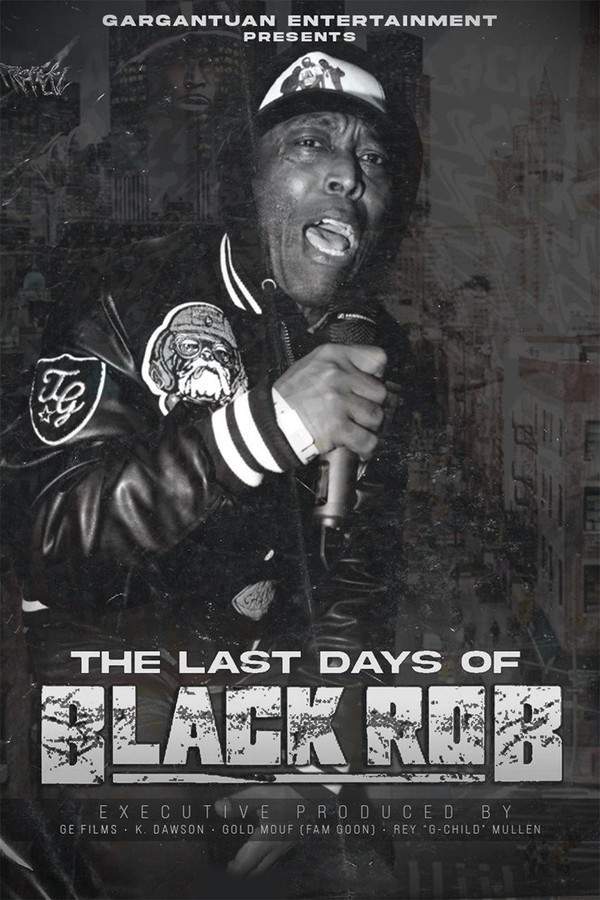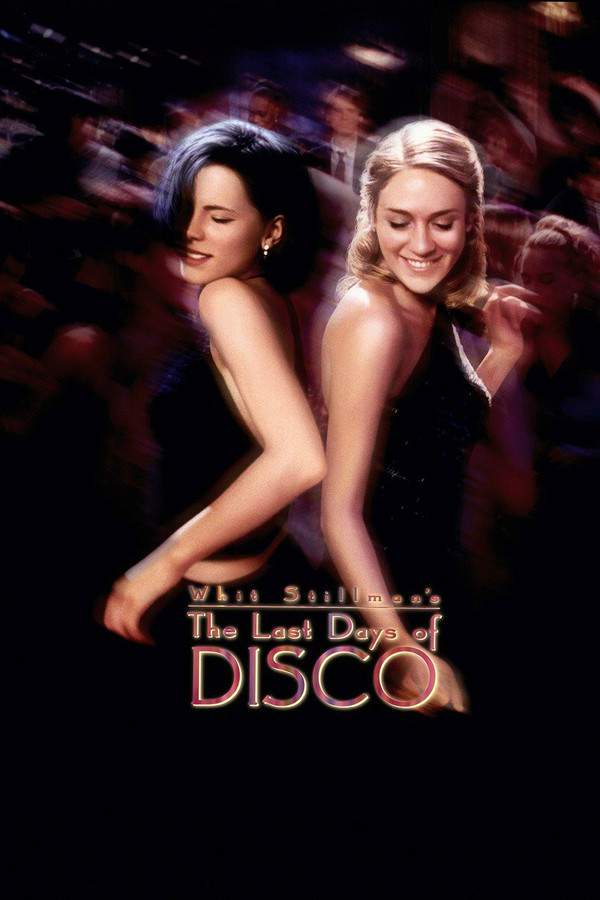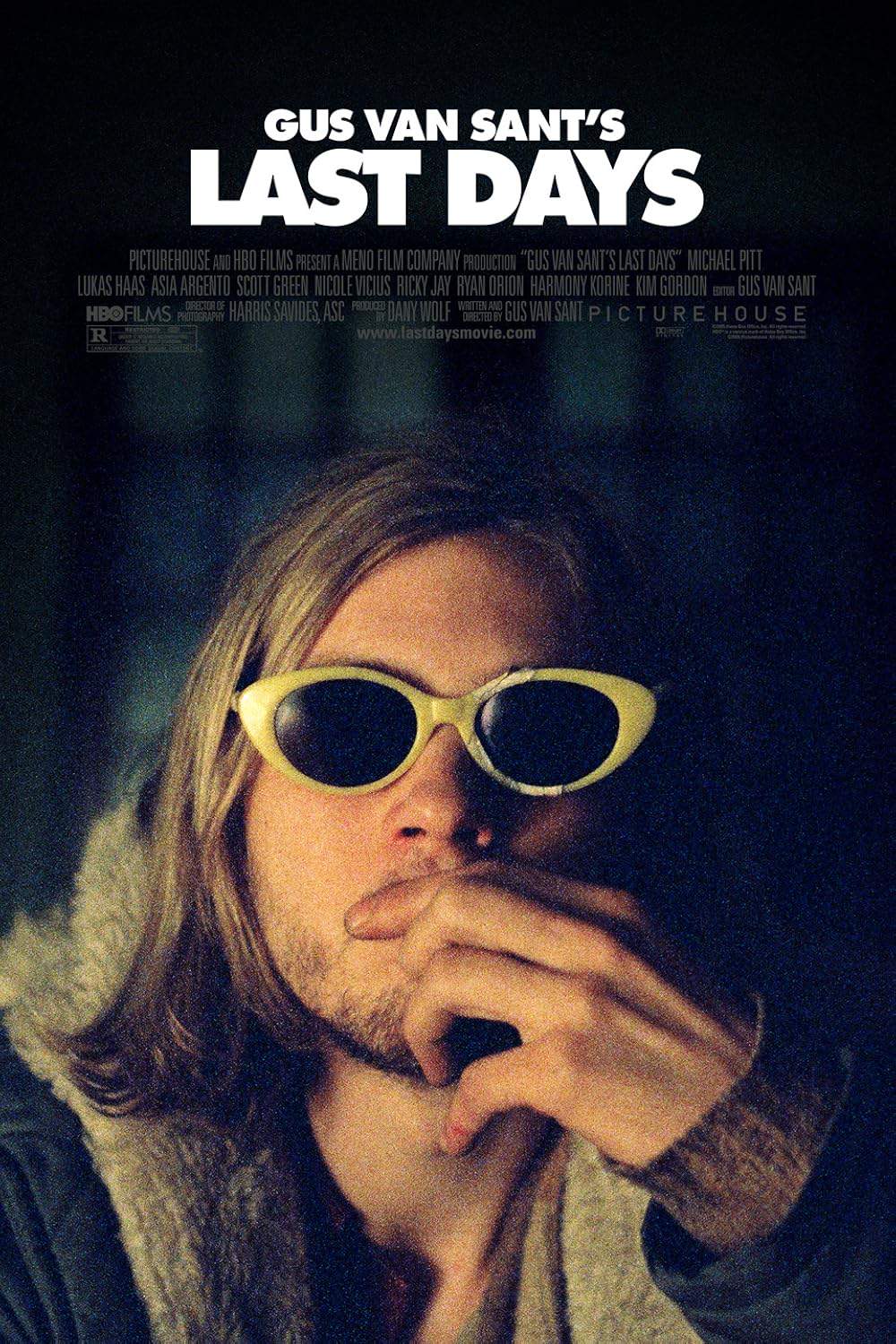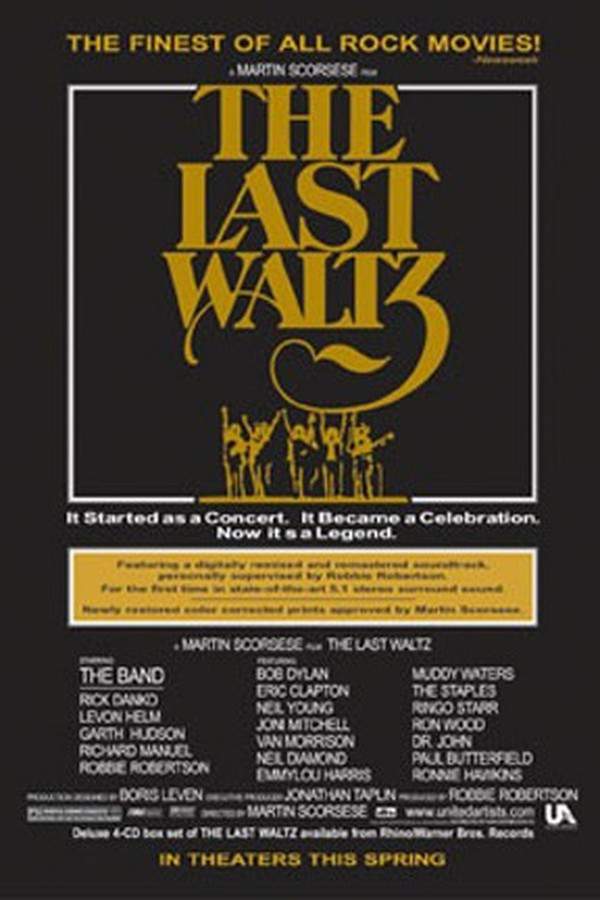
The Last Waltz 1978
Directed by

Martin Scorsese
Made by
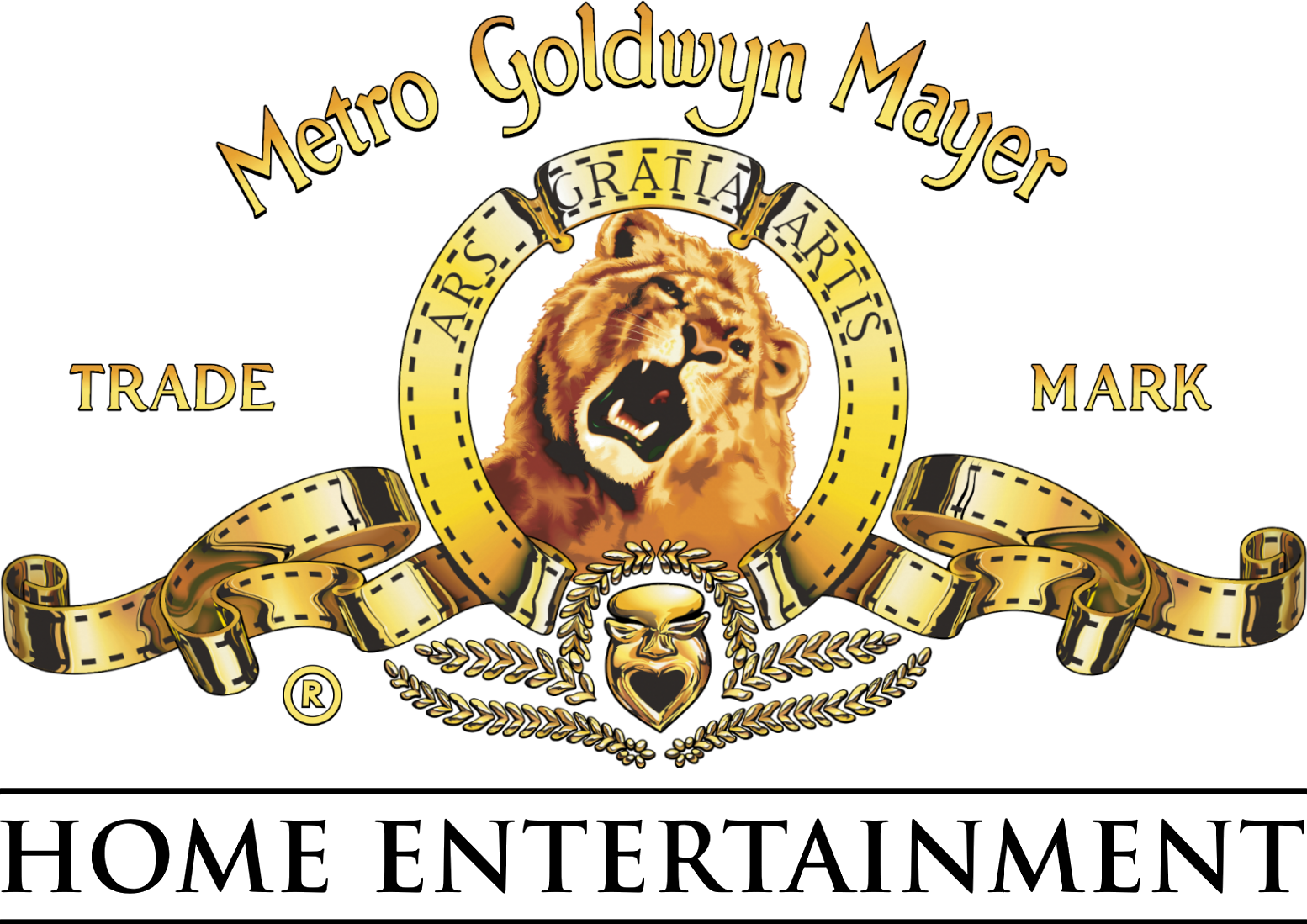
MGM Home Entertainment
Test your knowledge of The Last Waltz with our quiz!
The Last Waltz Plot Summary
Read the complete plot summary and ending explained for The Last Waltz (1978). From turning points to emotional moments, uncover what really happened and why it matters.
Beginning with a striking title card proclaiming, “This film should be played loud!”, this concert documentary delves into the influential career of the Band. The ensemble features the talents of Robbie Robertson on guitar and vocals, alongside Rick Danko playing bass, violin, and sharing vocals, Levon Helm handling drums, mandolin, and vocals, Richard Manuel contributing as a songwriter with keyboards, drums, and vocals, and Garth Hudson showcasing his skills on keyboards, saxophone, and accordion.
Throughout the film, a variety of notable artists join the Band, including the legendary Muddy Waters, Paul Butterfield, Neil Young, Joni Mitchell, Van Morrison, Dr. John, Neil Diamond, and Eric Clapton. The concert traverses multiple genres, celebrating blues, rock and roll, New Orleans R&B, Tin Pan Alley pop, folk, and rock. Additional genres are showcased in segments filmed later with the celebrated Emmylou Harris representing country music, along with the Staple Singers embodying soul and gospel.
The film opens with the Band delivering a powerful performance of their cover of Marvin Gaye’s “Don’t Do It” as an encore, immediately drawing viewers into the eclectic energy of the concert. It then transitions to the beginning of the show, presenting the Band’s journey in a mostly chronological fashion. Accompanied by a vibrant horn section, they deliver a medley of fan favorites, including “Up on Cripple Creek,” “Stage Fright,” and “The Night They Drove Old Dixie Down.”
Interspersed within the live performances are studio segments and reflective interviews conducted by director Martin Scorsese. Here, the Band members share their past experiences and anecdotes about their musical journey. Robbie Robertson shares a humorous story of how Hudson joined the group with the quirky condition that each member pay him $10 a week for music lessons, allowing Hudson to explain to his family that he was a music teacher rather than a mere rock musician. Moreover, Robertson reminisces about the bizarre occasions of performing in a burned-out nightclub owned by the infamous Jack Ruby.
Throughout the retrospective dialogues, Manuel humorously reflects on some of the early names considered for the Band, such as “The Honkies” and “The Crackers.” They ultimately settled on simply “the band,” a name adopted from their association with Bob Dylan and their friends in Woodstock, New York.
Danko gives a glimpse of the Band’s Shangri-La studio as he shows Martin Scorsese around, showcasing a recording session of “Sip the Wine,” a track from his upcoming solo album.
A poignant thread runs through the interviews, especially with Robbie Robertson, who underscores that this concert symbolizes a significant conclusion in the Band’s journey. After a whirlwind 16 years of touring, he expresses, “That’s what The Last Waltz is - 16 years on the road. The numbers start to scare you.” He further reflects, “I mean, I couldn’t live with 20 years on the road. I don’t think I could even discuss it.”
The Last Waltz Timeline
Follow the complete movie timeline of The Last Waltz (1978) with every major event in chronological order. Great for understanding complex plots and story progression.
Documentary Introduction
The film opens dramatically with a title card stating, 'This film should be played loud!', setting the tone for an energetic concert documentary. It instantly establishes the Band as the central figure and invites viewers to immerse themselves in their musical legacy.
The Band's Introduction
As the concert begins, the audience is introduced to the Band, comprising notable musicians like Robbie Robertson, Rick Danko, and Levon Helm. They showcase their talents in a dynamic performance, blending various musical styles.
Powerful Encore Performance
The concert kicks off with a rousing encore performance of Marvin Gaye's 'Don't Do It'. This powerful rendition immediately captivates the audience, illustrating the Band's musical prowess and engaging energy.
Medley of Hits
Following the encore, the Band performs a medley of fan-favorite songs, including 'Up on Cripple Creek' and 'Stage Fright'. The vivacious horn section enhances their performance, drawing fans deeper into the celebration of their music history.
Featuring Notable Artists
The concert features an array of legendary artists like Muddy Waters, Neil Young, and Joni Mitchell. Each artist brings their unique sound and adds richness to the overall concert experience, showcasing the diversity of genres celebrated within the event.
Reflective Interviews
Interspersed with live performances are reflective interviews conducted by Martin Scorsese. The Band members share captivating anecdotes from their careers, giving viewers a deeper understanding of their musical journey and personal dynamics.
Robbie Robertson's Anecdote
Robbie Robertson shares a humorous story about Garth Hudson joining the Band with the odd condition of receiving $10 a week from each member for music lessons. This playful anecdote highlights the camaraderie and quirky beginnings of their musical collaboration.
Memorable Past Names
In a nostalgic conversation, Richard Manuel reflects on some of the early proposed names for the Band, such as 'The Honkies' and 'The Crackers.' Their simple adoption of 'the Band' underscores their humble origins and connection to Bob Dylan.
Behind-the-Scenes in Shangri-La
Danko gives viewers a glimpse into the Band's Shangri-La studio, showcasing a recording session for 'Sip the Wine.' This intimate look behind the curtain reveals the creative process and the ongoing legacy of their musical projects.
Reflections on Touring
Robbie Robertson poignantly reflects on the concert as a significant conclusion to the Band's journey after 16 years on the road. His candid remarks about the toll of touring capture the bittersweet nature of this final performance.
Concert's Symbolism
The concert serves as a symbol of the Band’s rich history, encapsulating the highs and lows of their musical career. The culmination of performances highlights the unity amongst the members as they prepare for this final farewell.
Conclusion of an Era
As the concert draws to a close, the significance of 'The Last Waltz' resonates with both the performers and the audience. The event symbolizes a farewell to a beloved group, leaving a lasting imprint on the hearts of fans.
The Last Waltz Characters
Explore all characters from The Last Waltz (1978). Get detailed profiles with their roles, arcs, and key relationships explained.
Robbie Robertson
Robbie Robertson is the guitarist and primary songwriter for the Band, known for his deep contributions to their sound. He is portrayed as both a leader and a storyteller, offering insightful reflections on the band's legacy and their experiences. His humor and candidness shine through in the documentary.
Rick Danko
Rick Danko is the dynamic bassist and vocalist of the Band, recognized for his soulful singing and instrumental prowess. Through the film, he reveals his passion for music and provides glimpses into the sound of the Band. His connection to the studio sessions adds depth to the portrayal of their creative processes.
Levon Helm
Levon Helm is the versatile drummer and vocalist known for his unique blend of rock and country influences. His charismatic presence and distinct style contribute significantly to the Band's identity. Throughout the documentary, he shares personal anecdotes that enhance the narrative of their collaborative journey.
Richard Manuel
Richard Manuel, a gifted songwriter and multi-instrumentalist, contributes to the Band's rich musical texture. His emotional depth in vocals and storytelling enriches the performances. The film highlights his playful personality, showcasing the camaraderie among the members.
Garth Hudson
Garth Hudson is the Band's keyboardist and a musician known for his eclectic instrumental skills. His innovative approach to music brings a distinct layer to the Band's sound. The film features his contributions to the group's legacy, including stories of his integration into the Band.
The Last Waltz Settings
Learn where and when The Last Waltz (1978) takes place. Explore the film’s settings, era, and how they shape the narrative.
Time period
1960s - 1970s
The 1960s and 1970s were transformative decades marked by counterculture movements, civil rights advancements, and a profound cultural shift. Rock, blues, and folk music blossomed during this era, influencing generations. This period saw the rise of music festivals, where artists like the Band contributed to a changing musical landscape.
Location
Woodstock, New York
Woodstock, New York, is known for its cultural significance in the music world, particularly as the site of the famous 1969 music festival. It has become a symbol of the peace and music movement of the 60s and 70s. The area’s vibrant artistic community and stunning natural surroundings have attracted musicians and artists from all over.
The Last Waltz Themes
Discover the main themes in The Last Waltz (1978). Analyze the deeper meanings, emotional layers, and social commentary behind the film.
🎤
Music Legacy
The film celebrates the legacy of the Band, showcasing their eclectic mix of genres and pivotal role in the music scene. It reflects on their journey while also paying tribute to influential collaborators in music history. The concert stands as a testament to their contributions over a remarkable 16-year career.
🎶
Camaraderie
Interwoven through the performances are themes of friendship and collaboration among musicians. The humorous anecdotes shared during interviews reveal the close-knit bonds developed over years of touring. This camaraderie highlights the joy and struggles faced by artists in the music industry.
🕰️
Life Reflections
The film delves into personal reflections of the Band members on their long journey in music. It underscores the emotional weight of concluding an era while reminiscing on past adventures. These introspective moments offer viewers a glimpse into the realities of a life on the road.

Coming soon on iOS and Android
The Plot Explained Mobile App
From blockbusters to hidden gems — dive into movie stories anytime, anywhere. Save your favorites, discover plots faster, and never miss a twist again.
Sign up to be the first to know when we launch. Your email stays private — always.
The Last Waltz Spoiler-Free Summary
Discover the spoiler-free summary of The Last Waltz (1978). Get a concise overview without any spoilers.
In the summer of 1976 a legendary rock collective gathers for a once‑in‑a‑lifetime farewell at San Francisco’s iconic Winterland Ballroom. The event is framed as both a celebration and a poignant goodbye, set against the electric hum of a packed hall where the lights are turned up and the audience is invited to “play loud.” The film captures the raw, unfiltered energy of a live concert while weaving in moments of quiet reflection, establishing a tone that feels simultaneously triumphant and bittersweet.
At its heart are the five members who forged a distinct musical identity over sixteen years of touring. Robbie Robertson leads with his deft guitar work and storytelling voice, while Rick Danko anchors the sound with bass, violin, and soulful harmonies. Levon Helm drives the rhythm on drums and adds a touch of mandolin, his charismatic presence tying the group together. Richard Manuel contributes tender keyboards, vocal layers, and a lyrical sensitivity that hints at the band’s emotional core. Garth Hudson rounds out the ensemble with his eclectic command of keyboards, saxophone, and accordion, injecting an adventurous spirit into every arrangement. Their chemistry is palpable, each member complementing the others like instruments in a finely tuned orchestra.
The night becomes a gathering of musical giants, as legends from blues, folk, rock, and soul step onto the stage to pay homage. The presence of artists such as Bob Dylan, Van Morrison, Joni Mitchell, Eric Clapton, and Muddy Waters adds layers of reverence and excitement, turning the concert into a cross‑generational dialogue. These collaborations spark spontaneous moments of joy, highlighting the universality of the band’s influence while keeping the atmosphere intimate and celebratory.
Interspersed with the performances are candid interviews conducted by director Martin Scorsese, where the members share anecdotes, humor, and introspection about their journey. The conversations reveal a sense of camaraderie and the inevitable weight of an era drawing to a close, inviting viewers to experience the blend of music, memory, and melancholy that defines this historic farewell.
Can’t find your movie? Request a summary here.
Movies with Similar Twists and Themes
Uncover films that echo the narrative beats, emotional arcs, or dramatic twists of the one you're exploring. These recommendations are handpicked based on story depth, thematic resonance, and spoiler-worthy moments — perfect for fans who crave more of the same intrigue.
Featured on this page

What's After the Movie?
Not sure whether to stay after the credits? Find out!
Explore Our Movie Platform
New Movie Releases (2025)
Famous Movie Actors
Top Film Production Studios
Movie Plot Summaries & Endings
Major Movie Awards & Winners
Best Concert Films & Music Documentaries
Movie Collections and Curated Lists
© 2025 What's After the Movie. All rights reserved.



